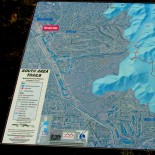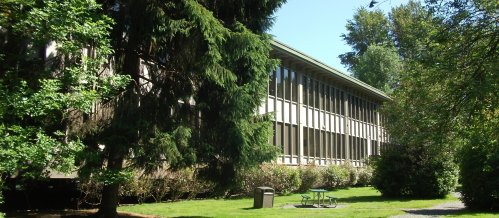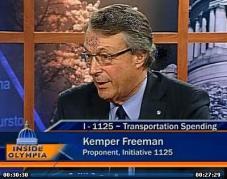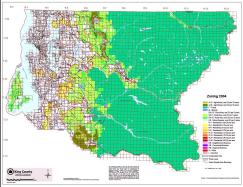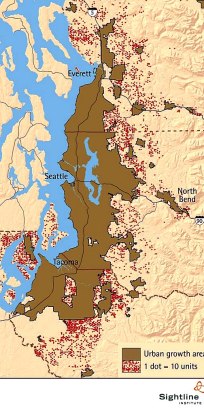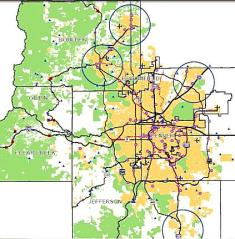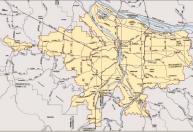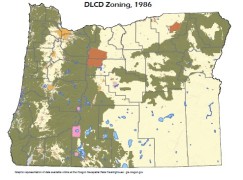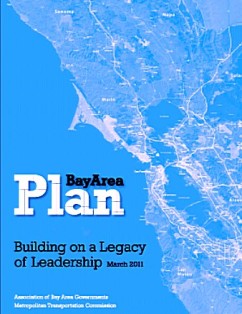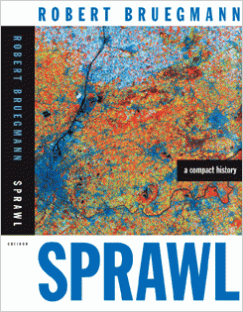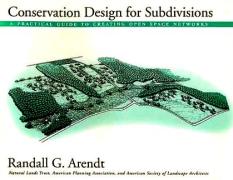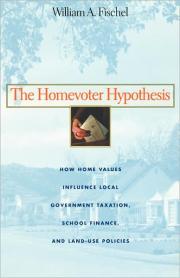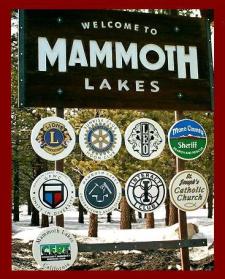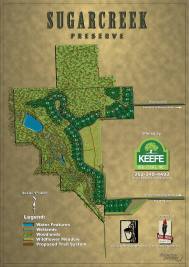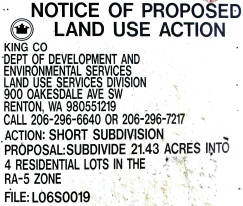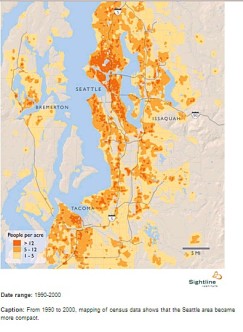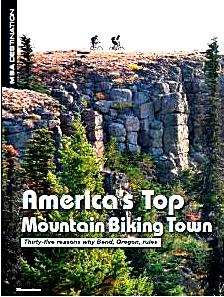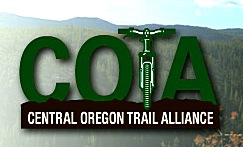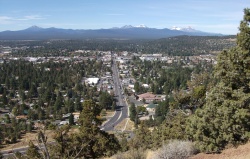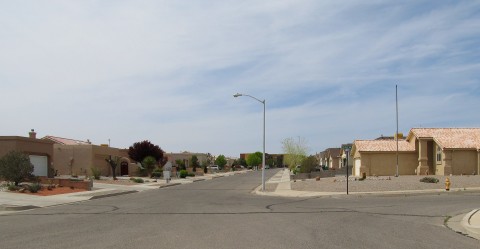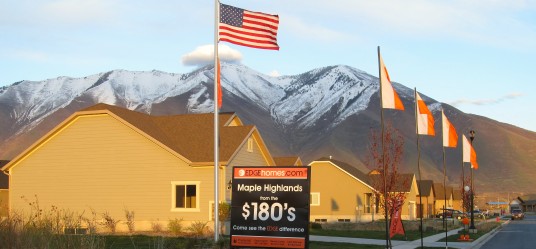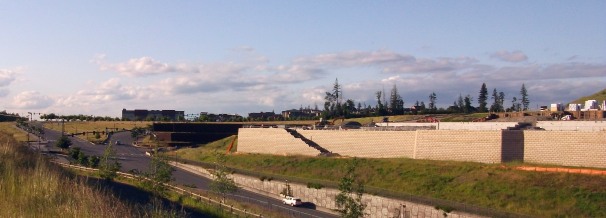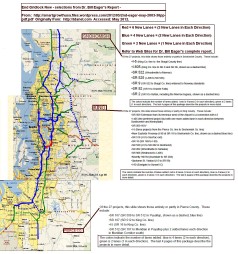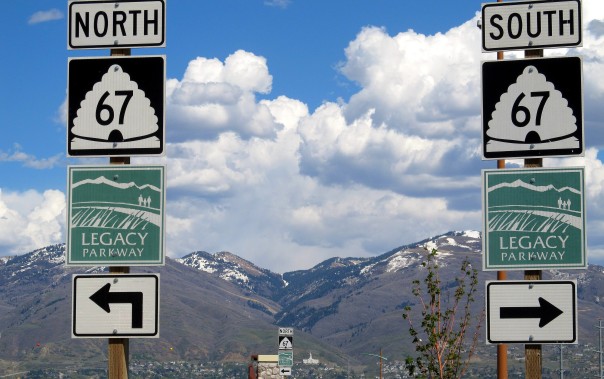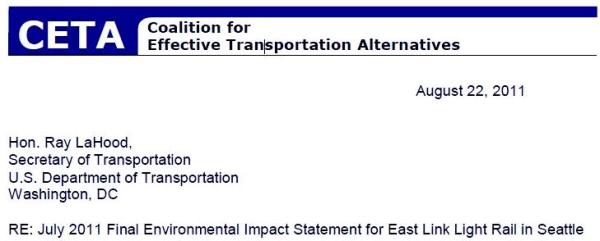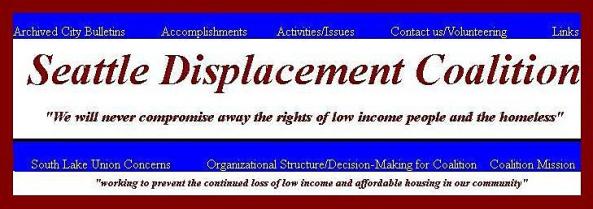"Smart Growth" and "New Urbanism" Compared with "Large Lot Zoning" (Tom Lane) [ Home Page – Click Here]
(May 17, 2017) – Traditional "Large Lot Zoning" is "Greener" than "Smart Growth" within Urban Growth Boundaries . . . Copyright 2009 – 2017 . . . Tom Lane . . . Photographing California, Arizona, Nevada, New Mexico, Colorado, Utah, Oregon, and Seattle, Washington.
Dr. Morrill, Dr. Eicher, Seattle, UW
(May 26, 2012) Dr. Richard Morrill is professor emeritus of geography at the University of Washington in Seattle. Dr. Morrill continues to advocate for many liberal causes in the Seattle since his retirement. For example, Dr. Morrill is a strong advocate of affordable housing, recognizing that the urban growth boundary in the Seattle area increases housing costs, by limiting the supply of buildable land.
Dr. Morrill’s writings on growth management are numerous, appearing in both local Seattle-area publications, and on national web sites. Dr. Morrill is also the co-author, along with Dr. David Hodge, of the highly acclaimed 1991 90pp publication entitled: “Myths and Facts about Growth Management.” This document criticizes the Washington State Growth Management Act. The criticisms are still relevant today.
Click here to view in PDF format – https://smartgrowthusa.files.wordpress.com/2012/05/morrill-myths-and-facts-growth-management.pdf Highlights from Myths and Facts appear at the end of this post.
Dr. Richard Morrill – University of Washington Web Page –
http://faculty.washington.edu/morrill/
Below, two links to Dr. Morrill’s writings on Seattle-area publication entitled “Crosscut.” Several of these Crosscut articles include maps of demographic trends in the Seattle area, due to smart growth principles and growth management in general.
Link #1 – under the profile name “Richard Morrill”
http://crosscut.com/account/Richard/
Link #2 – under the profile name “Dick Morrill” (Explanation: There are two groups of archived articles at Crosscut. One is under “Richard Morrill,” and the other is under “Dick Morrill.”)
http://crosscut.com/account/Dick_Morrill/
Dr. Morrill’s writings in the national publication “New Geography” –
http://www.newgeography.com/users/richard-morrill
Dr. Theo Eicher Land Use Study
Dr. Theo Eicher is Professor of Economics at the University of Washington. Dr. Eicher published a study on land use regulations in Seattle and other markets, using data from Dr. Joe Gyourko at the Wharton School of Real Estate. You can view this study at this link: http://depts.washington.edu/teclass/landuse/
I have written more about Dr. Gyourko’s work at this link: https://smartgrowthusa.wordpress.com/2010/06/15/why-are-some-towns-so-expensive/
Dr. Eicher was interviewed in The Seattle Times about how regulations increase housing costs in Seattle, in an article entitled “UW study: Rules add $200,000 to Seattle house price.” Click here: http://seattletimes.nwsource.com/html/businesstechnology/2004181704_eicher14.html The article states:
“The skyrocketing of home prices from 1989 to 2006 was largely because of laws intended to preserve the area’s character, analysis finds.
Between 1989 and 2006, the median inflation-adjusted price of a Seattle house rose from $221,000 to $447,800. Fully $200,000 of that increase was the result of land-use regulations, says Theo Eicher — twice the financial impact that regulation has had on other major U.S. cities.
“In a nationwide study, it can be shown that Seattle is one of the most regulated cities and a city whose housing prices are profoundly influenced by regulations,” he says.
A key regulation is the state’s Growth Management Act, enacted in 1990 in response to widespread public concern that sprawl could destroy the area’s unique character. To preserve it, the act promoted restrictions on where housing can be built. The result is artificial density that has driven up home prices by limiting supply, Eicher says.
Long building-permit approval times and municipal land-use restrictions upheld by courts also have played significant roles in increasing Seattle’s housing costs, he adds.”
Compared with 250 major U.S. cities, he says, Seattle:
• Is first in terms of the impact of state political involvement in land issues.
• Is in the top 3 percent for approval delays for new construction.
• Is in the top 10 percent in local political pressure influencing land use.
As an example of how this plays out, Eicher explains that “the statewide growth-management plan gave King County few options but to require that landowners in rural areas that haven’t already cleared their land to keep 50 to 65 percent of their property in its ‘natural state.’ This forced greater density in Seattle.“
Then a King County referendum to repeal some of the county’s land-use restrictions was judged illegal in 2006 by the state Supreme Court because it violated the state’s Growth Management Act.
“The state is intervening to restrict supply. It’s not that there’s no land at all,” Eicher says.
Below, highlights from the 90pp publication “Myths and Facts of Growth Management,” by Dr. Morrill and Dr. Hodge. For the complete .PDF, click here: https://smartgrowthusa.files.wordpress.com/2012/05/morrill-myths-and-facts-growth-management.pdf
Photos – Problems with the Washington State Growth Management Act

Here is the Urban Growth Boundary (UGB) around Duvall in Eastern King County. The homes on the hill have very tiny yards due to the growth management act. Unlike most of the country where land can be subdivided, areas outside the UGB cannot be subdivided to affordable half acre lots, and must remain as farms, forests, or as “rural residential” 5 acre estates. Therefore, housing prices within the urban growth boundary increase, while land prices decrease outside the UGB.

The Growth Management Act does not require that developers and/or local municipalities finish streets, even after homes are occupied. This creates hazards for ANY pedestrian, cyclist, or motorist. Ultimately, some developer along with King County and the Puget Sound Regional Council will be Sued. I have seen unfinished, dangerous unpaved streets in Issaquah, Redmond, Duvall, Sammamish, just about everywhere.

The Washington State Growth Management Act also does not require that sidewalks be constructed on streets outside of the urban growth boundary. This is NE 116th Street in Redmond, just outside of the UGB. This creates very dangerous conditions for rural homeowners, especially children walking and biking to school. Ultimately, someone will sue.

Enter, and find that the County is overrated and overpriced. Read the articles and papers from Dr. Morrill and Dr. Eicher to learn more. Hopefully, someone will pay attention someday so that housing can once again be affordable, with paved streets and wide sidewalks.
